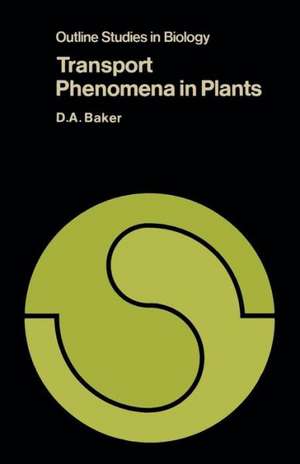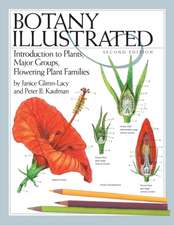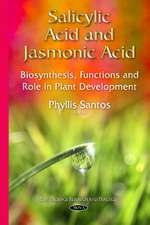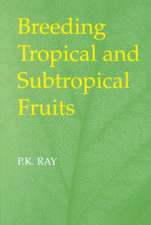Transport Phenomena in Plants: Outline Studies in Biology
Autor D. A. Bakeren Limba Engleză Paperback – 11 mai 1978
Din seria Outline Studies in Biology
-
 Preț: 375.07 lei
Preț: 375.07 lei -
 Preț: 375.62 lei
Preț: 375.62 lei -
 Preț: 375.07 lei
Preț: 375.07 lei -
 Preț: 375.62 lei
Preț: 375.62 lei -
 Preț: 375.62 lei
Preț: 375.62 lei -
 Preț: 375.07 lei
Preț: 375.07 lei -
 Preț: 375.84 lei
Preț: 375.84 lei -
 Preț: 375.84 lei
Preț: 375.84 lei -
 Preț: 375.07 lei
Preț: 375.07 lei -
 Preț: 375.45 lei
Preț: 375.45 lei -
 Preț: 375.07 lei
Preț: 375.07 lei -
 Preț: 375.62 lei
Preț: 375.62 lei - 15%
 Preț: 637.28 lei
Preț: 637.28 lei -
 Preț: 375.84 lei
Preț: 375.84 lei -
 Preț: 375.62 lei
Preț: 375.62 lei - 5%
 Preț: 357.23 lei
Preț: 357.23 lei -
 Preț: 375.45 lei
Preț: 375.45 lei -
 Preț: 375.07 lei
Preț: 375.07 lei
Preț: 375.07 lei
Nou
Puncte Express: 563
Preț estimativ în valută:
71.77€ • 76.75$ • 59.84£
71.77€ • 76.75$ • 59.84£
Carte tipărită la comandă
Livrare economică 17 aprilie-01 mai
Preluare comenzi: 021 569.72.76
Specificații
ISBN-13: 9780412153600
ISBN-10: 0412153602
Pagini: 80
Ilustrații: 80 p.
Dimensiuni: 140 x 216 x 4 mm
Greutate: 0.11 kg
Editura: SPRINGER NETHERLANDS
Colecția Springer
Seria Outline Studies in Biology
Locul publicării:Dordrecht, Netherlands
ISBN-10: 0412153602
Pagini: 80
Ilustrații: 80 p.
Dimensiuni: 140 x 216 x 4 mm
Greutate: 0.11 kg
Editura: SPRINGER NETHERLANDS
Colecția Springer
Seria Outline Studies in Biology
Locul publicării:Dordrecht, Netherlands
Public țintă
ResearchCuprins
1 Introduction.- 2 Solute transport at the cellular level.- 2.1 Driving forces.- 2.2 Carriers and pumps.- 2.3 Energy sources for active transport.- 2.4 Sensitive cells.- 3 Symplast and apoplast.- 3.1 The parallel pathways.- 3.2 Radial barriers — the endodermis.- 3.3 Transfer cells.- 4 The xylem pathway.- 4.1 Xylem structure.- 4.2 Ion movement in the xylem.- 4.3 Regulation of leaf nutrient content.- 5 The phloem pathway.- 5.1 Experiments to determine the pathway of assimilate translocation.- 5.2 Structural design of the sieve element.- 5.3 Composition of phloem sap.- 5.4 Movement in the phloem.- 5.5 Physiology of the phloem.- 6 Driving forces for long-distance transport.- 6.1 Transpiration and the cohesion theory.- 6.2 Postulated mechanisms for phloem transport.- References.










